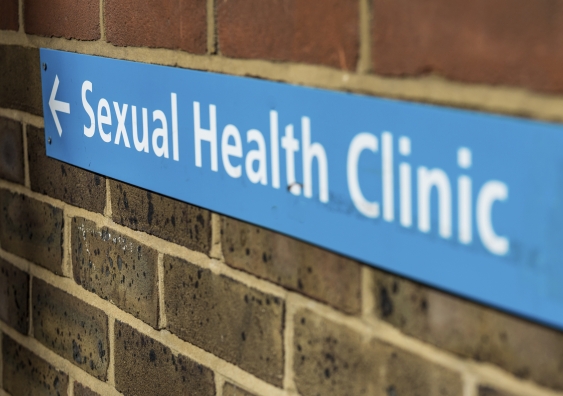Annual report card shows poor uptake of hep C treatment
A report by UNSW’s Kirby Institute has found more than 57,000 Australians with chronic hepatitis C have never received antiviral therapy despite its ability to cure the disease.
A report by UNSW’s Kirby Institute has found more than 57,000 Australians with chronic hepatitis C have never received antiviral therapy despite its ability to cure the disease.

Laurie Legere
Kirby Institute at UNSW
+61 (2) 9385 9987
llegere@kirby.unsw.edu.au
A report by UNSW’s Kirby Institute has found more than 57,000 Australians with chronic hepatitis C have never received antiviral therapy, despite it successfully curing the infection in more than half of patients.
The report, released today at the World STI and HIV Congress in Brisbane, also shows that chronic hepatitis C-related deaths have increased by 146% in ten years, with the uptake of treatment remaining extremely low.
Professor Greg Dore, Head of the Viral Hepatitis and Clinical Research Program at the Kirby Institute, said there has been a substantial increase in illness and death due to hepatitis C as the population with this chronic infection ages, because the vast majority of people with the infection have not received curative therapy.
“This all stands to change if we see approval of funding for breakthrough new treatments that have the potential to turn around Australia’s hepatitis C epidemic,” Professor Dore said.
Chlamydia remains the most frequently reported notifiable infection in Australia with the majority (78%) of diagnoses among 15-29 year olds.
Associate Professor Rebecca Guy, Head of the Surveillance Evaluation and Research Program at the Kirby Institute, said there has been a decade of steady increases in both testing and diagnoses of chlamydia but the vast majority of infections still remain undiagnosed and hence untreated.
“This emphasises the need for testing to be routinely offered to sexually active adolescents, young adults and other at-risk populations.” said Associate Professor Guy.
Numbers of new gonorrhoea diagnoses continue to increase substantially and are they highest in a decade. Increased testing for this infection may explain much of this increase.
Data presented in the report indicates that Aboriginal and Torres Strait Islander populations in Australia remain disproportionally affected by blood-borne viruses and STIs. In 2014, the rate of HIV diagnosis among Aboriginal and Torres Strait Islander people was almost two times higher, diagnosis of hepatitis C virus was almost five times higher, gonorrhoea infection was 18 times higher, chlamydia was over three times higher, and syphilis was four times higher than the rate of diagnosis in the non-Indigenous population.
Dr Marlene Kong, Head of the Aboriginal and Torres Strait Islander Research Program at the Kirby Institute, said awareness of symptoms and the need for regular testing across all communities must continue to be promoted.
“Access to and uptake of testing and treatment for these curable infections must also be improved,” said Dr Kong.
The report highlights the success of Australia’s human papillomavirus (HPV) vaccination program. Launched in 2007, the program has led to the virtual disappearance of new cases of sexually transmitted genital warts in young women and a 57% drop in the rate of detection of abnormal cervical cells among young women undergoing ‘pap tests’ for cancer prevention.
The Kirby Institute’s 2015 Annual Surveillance Report of HIV, viral hepatitis and sexually transmissible infections in Australia and the 2015 Aboriginal Surveillance Report of HIV, viral hepatitis, STIs has been released today alongside the Annual Report of Trends in Behaviour 2015 by UNSW’s Centre for Social Research in Health.
Visit the Kirby Institute’s website to read more.